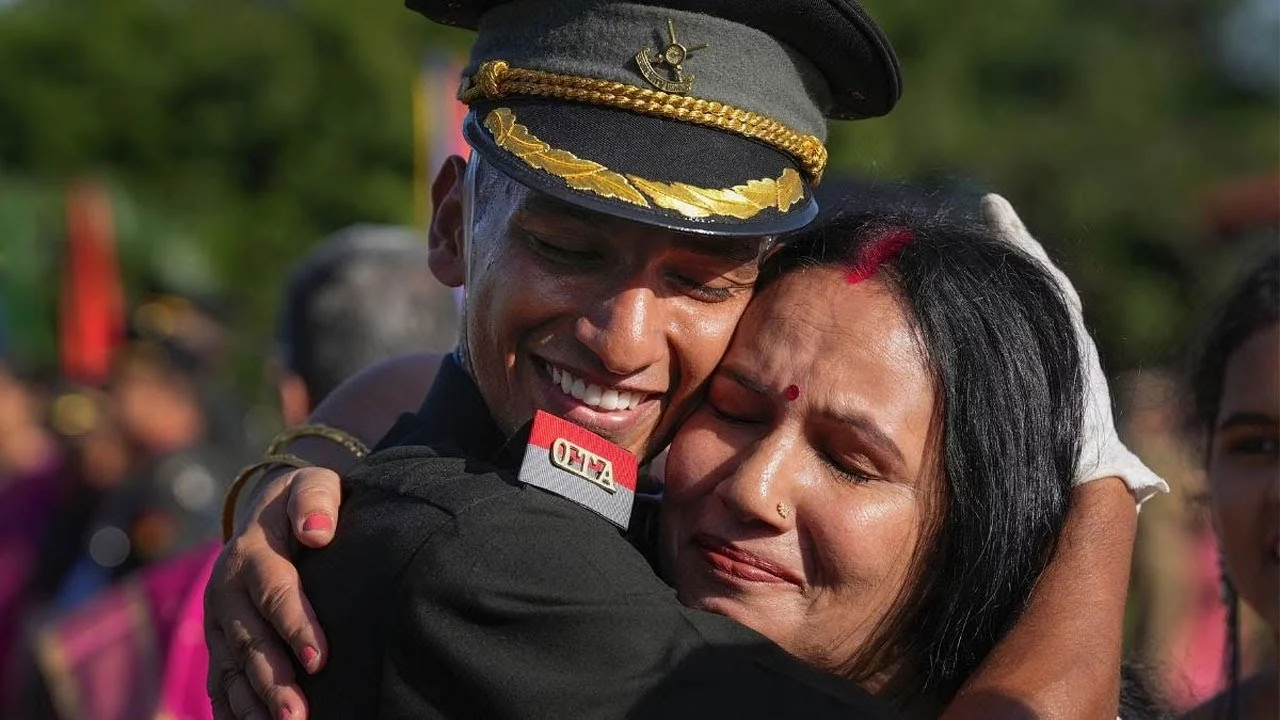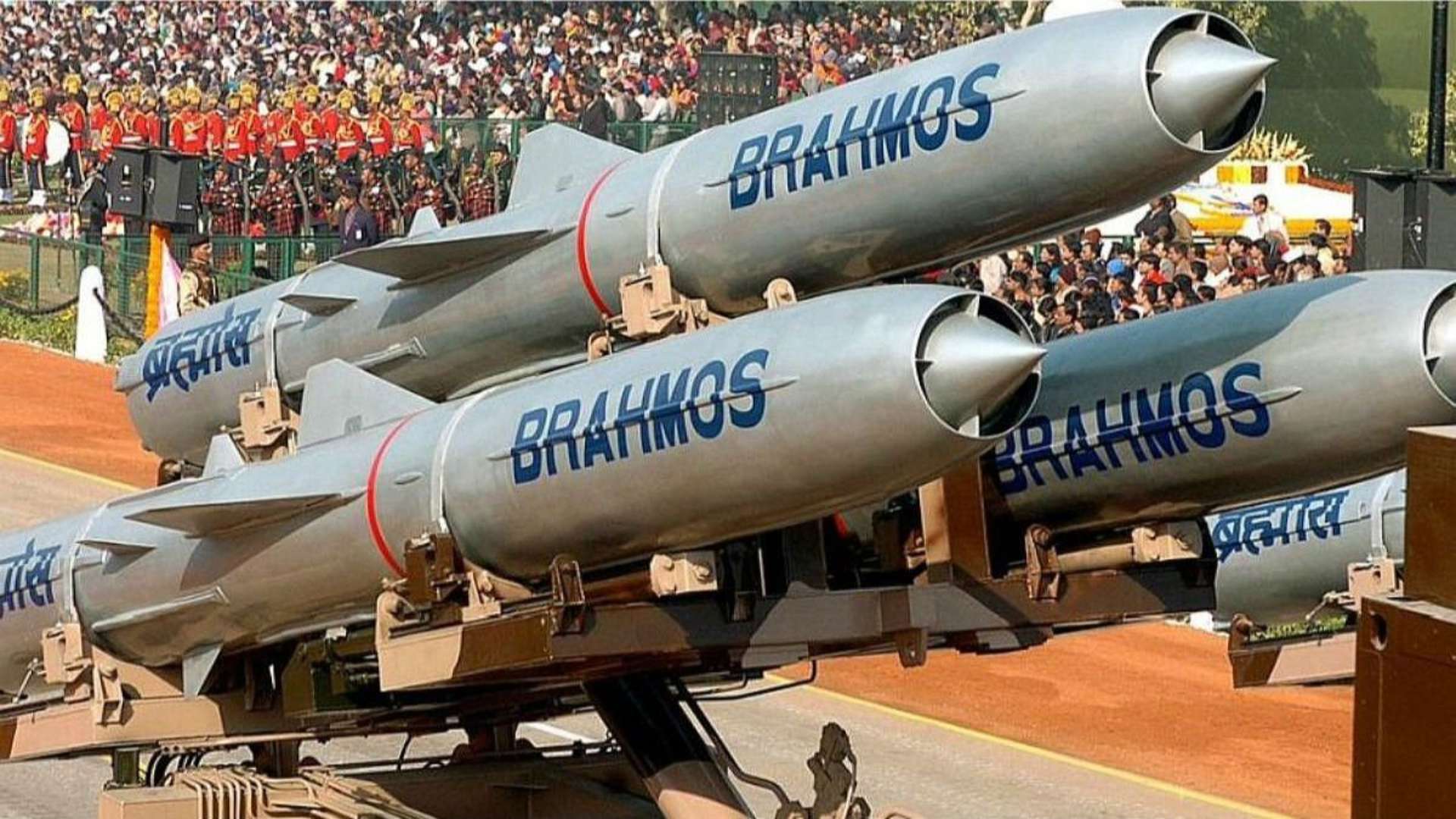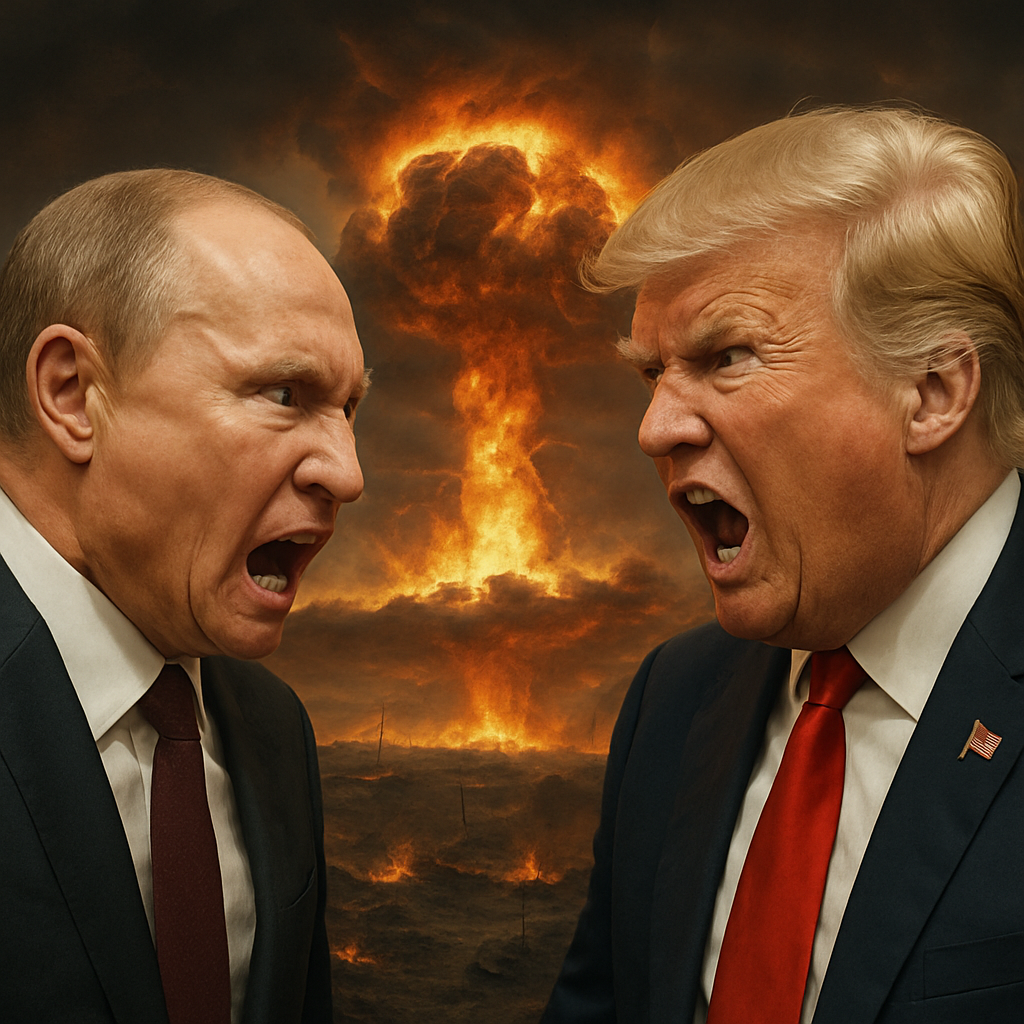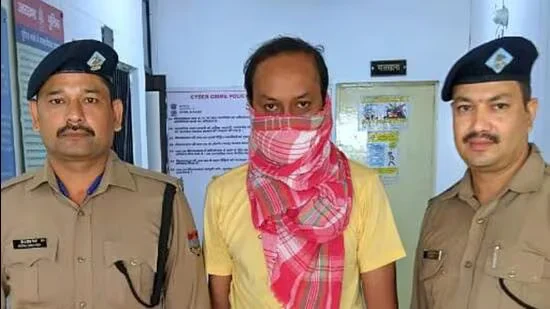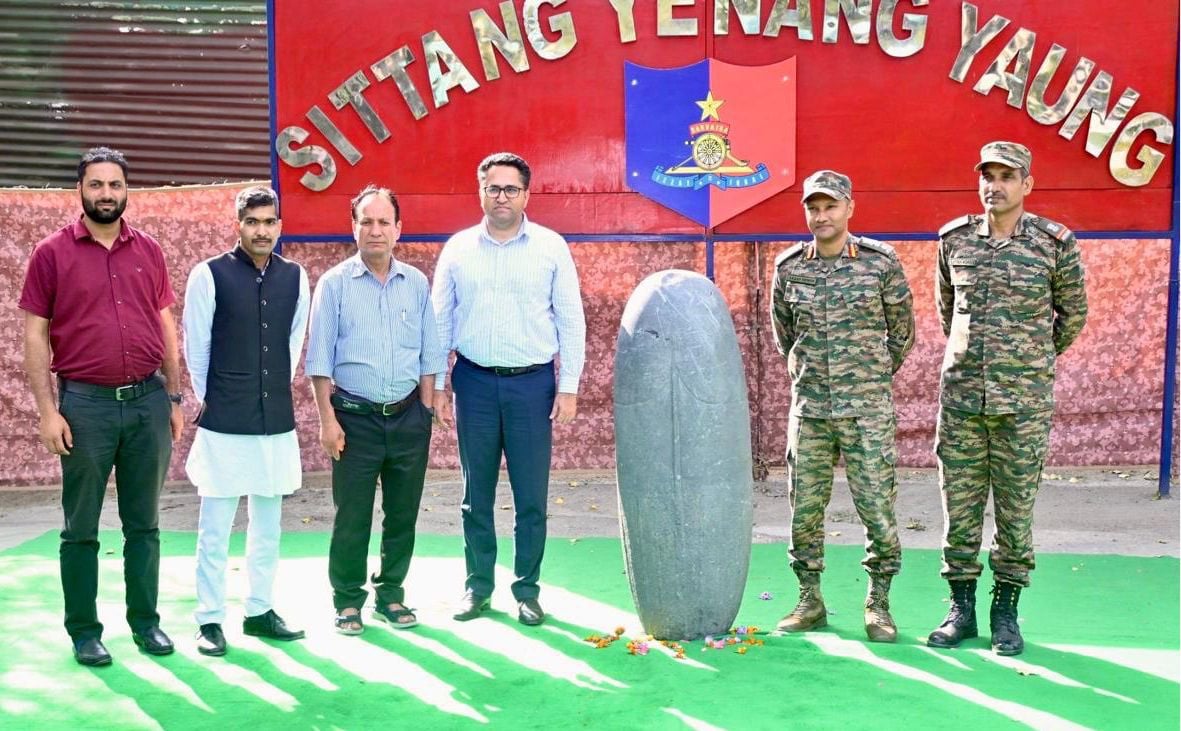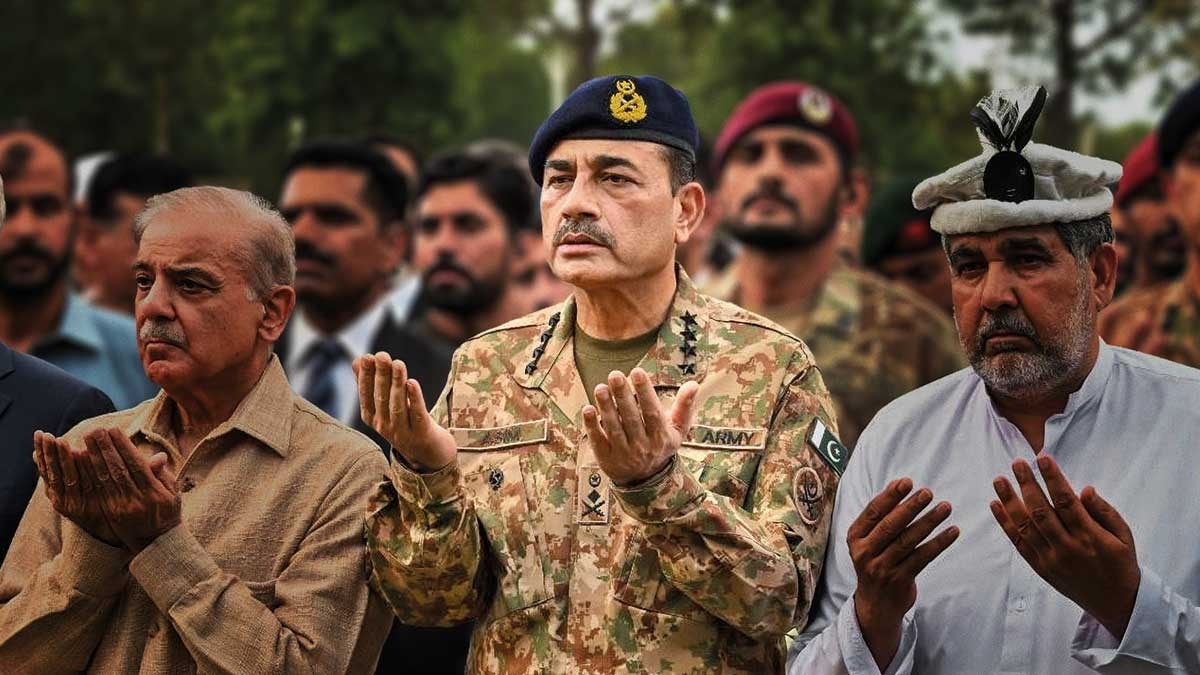JAG 36 Notification: Judge Advocate General Indian Army Entry (Out Now)
The Indian Army has released the official notification for the Judge Advocate General (JAG) Entry Scheme 36th Course, scheduled to…
Air Force and Navy to Place Major Orders for BrahMos Missiles
The Indian Armed Forces are set to place large-scale orders for the BrahMos supersonic cruise missile following its extensive use…
Russia Exits Nuclear Treaty after Trump’s Submarine Move
Russia announced it will no longer observe the 1987 Intermediate-Range Nuclear Forces (INF) Treaty with the United States, citing NATO’s…
Chhattisgarh Man Arrested for Cheating Retired Army Subedar Major of ₹34.17 Lakh in Fake Investment Scam
Uttarakhand Police have arrested a 35-year-old man from Chhattisgarh’s Durg district for allegedly cheating a retired Subedar Major of the…
Indian Army Finds Rare 10th-Century Shivling in J-K’s Baramulla
A rare 10th-century stone-carved Shivling has been discovered from the Jhelum River near the Army camp at Khanpora, Baramulla, during…
‘We’ll Start from the East’: Pakistan Army Chief Hints at New Eastern Front Strategy Targeting India
Pakistan’s army chief, Field Marshal Asim Munir, is signaling a strategic pivot toward India’s eastern frontier, leveraging recent political changes…

